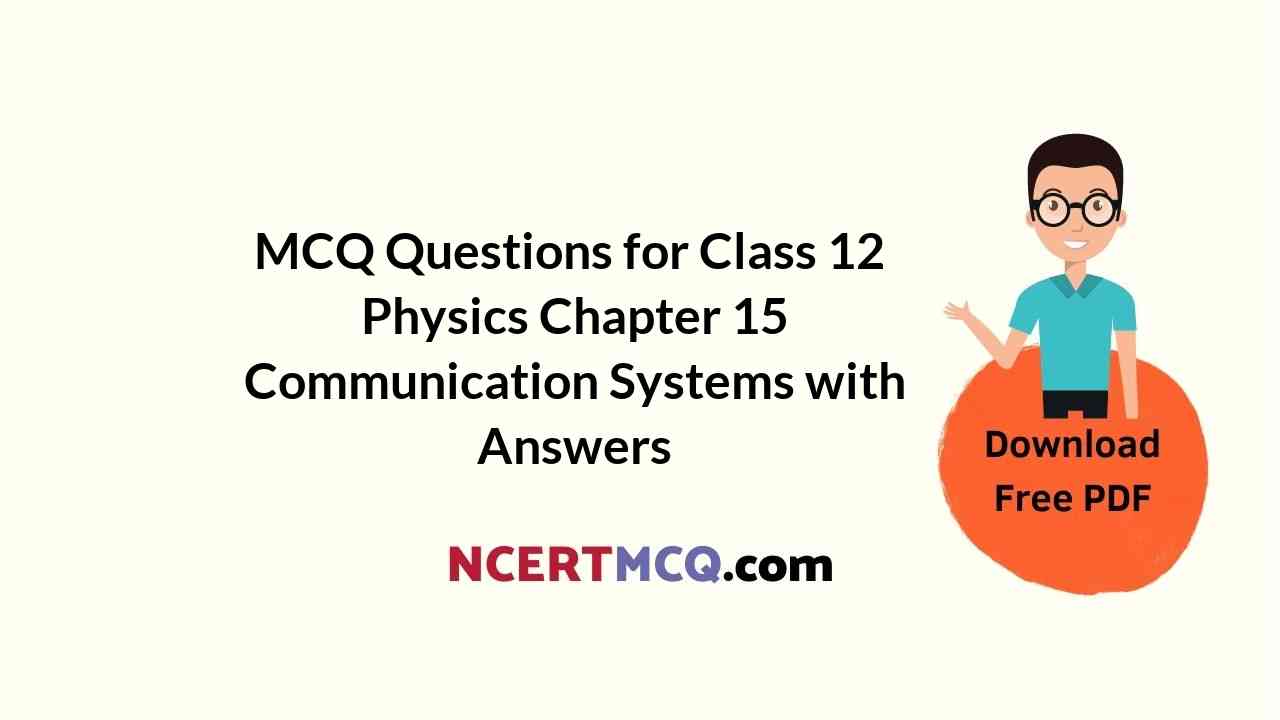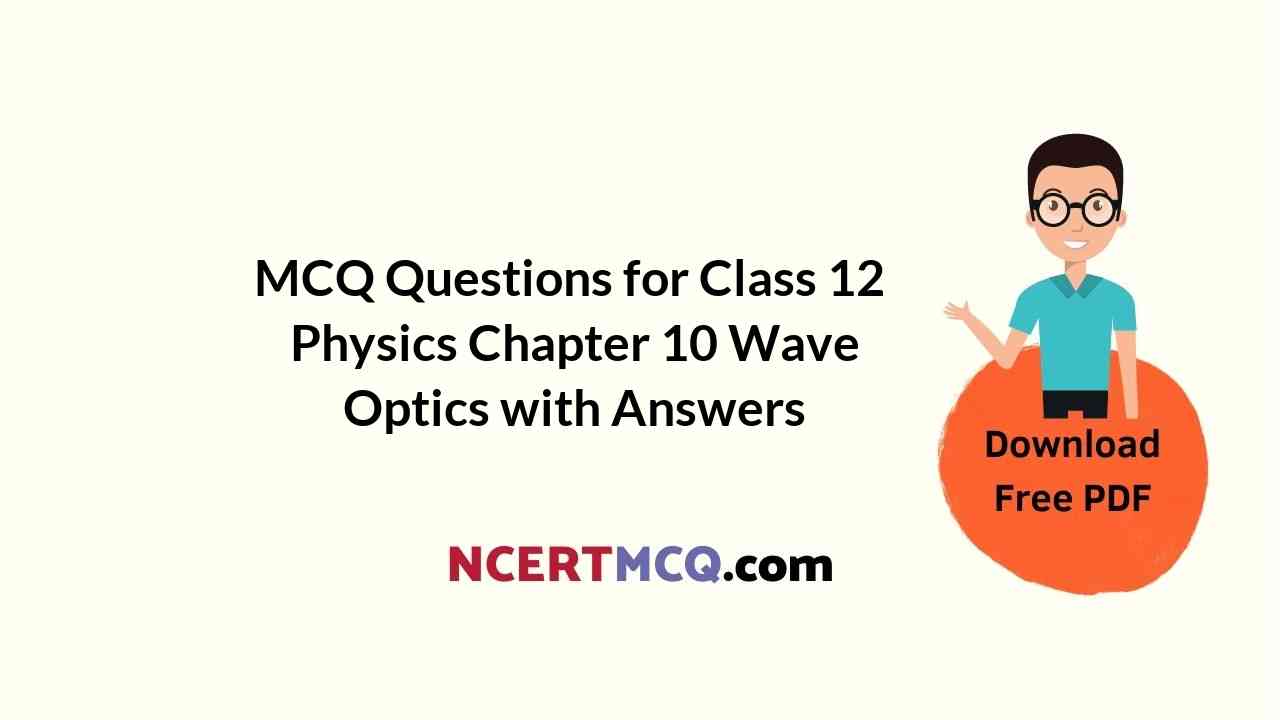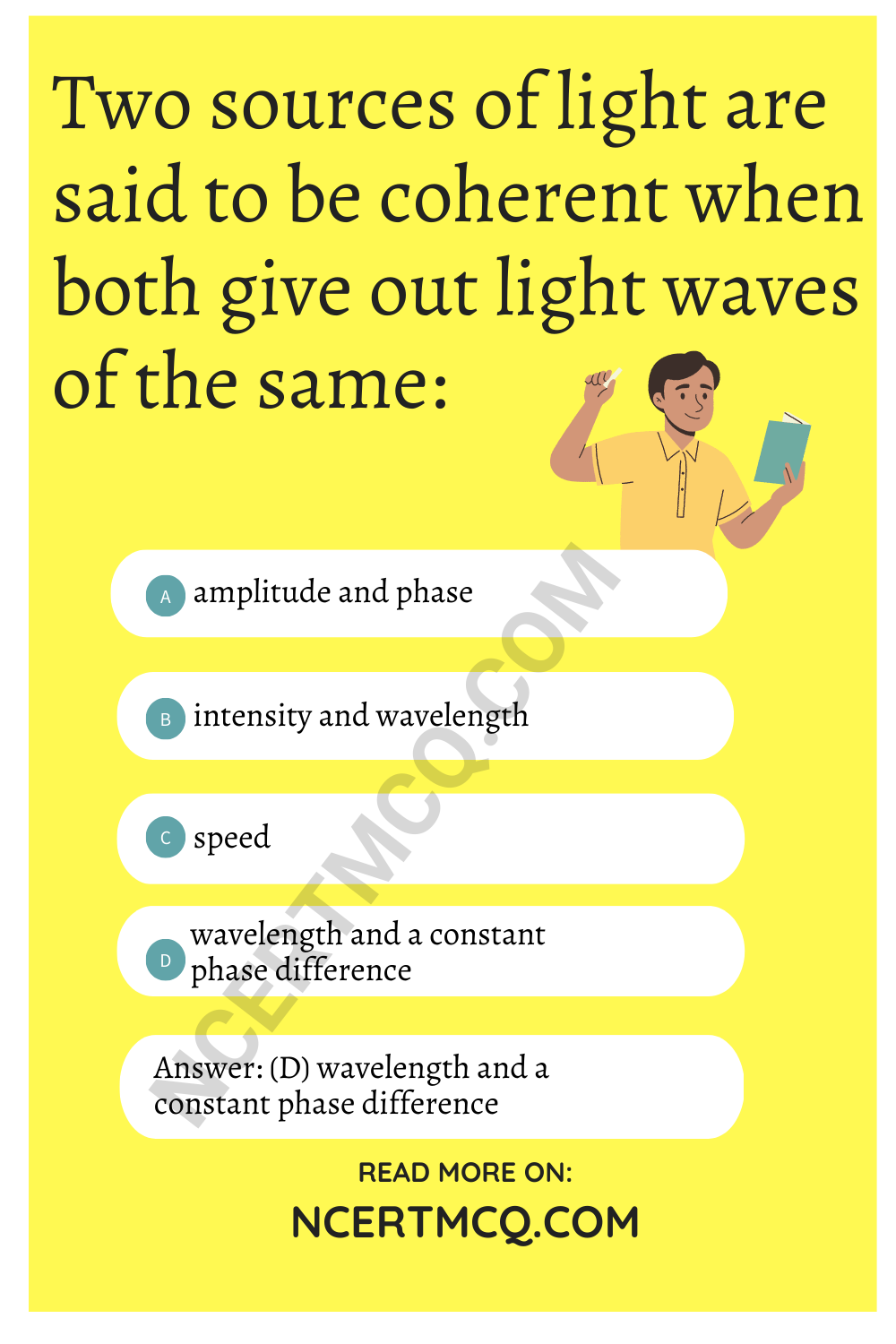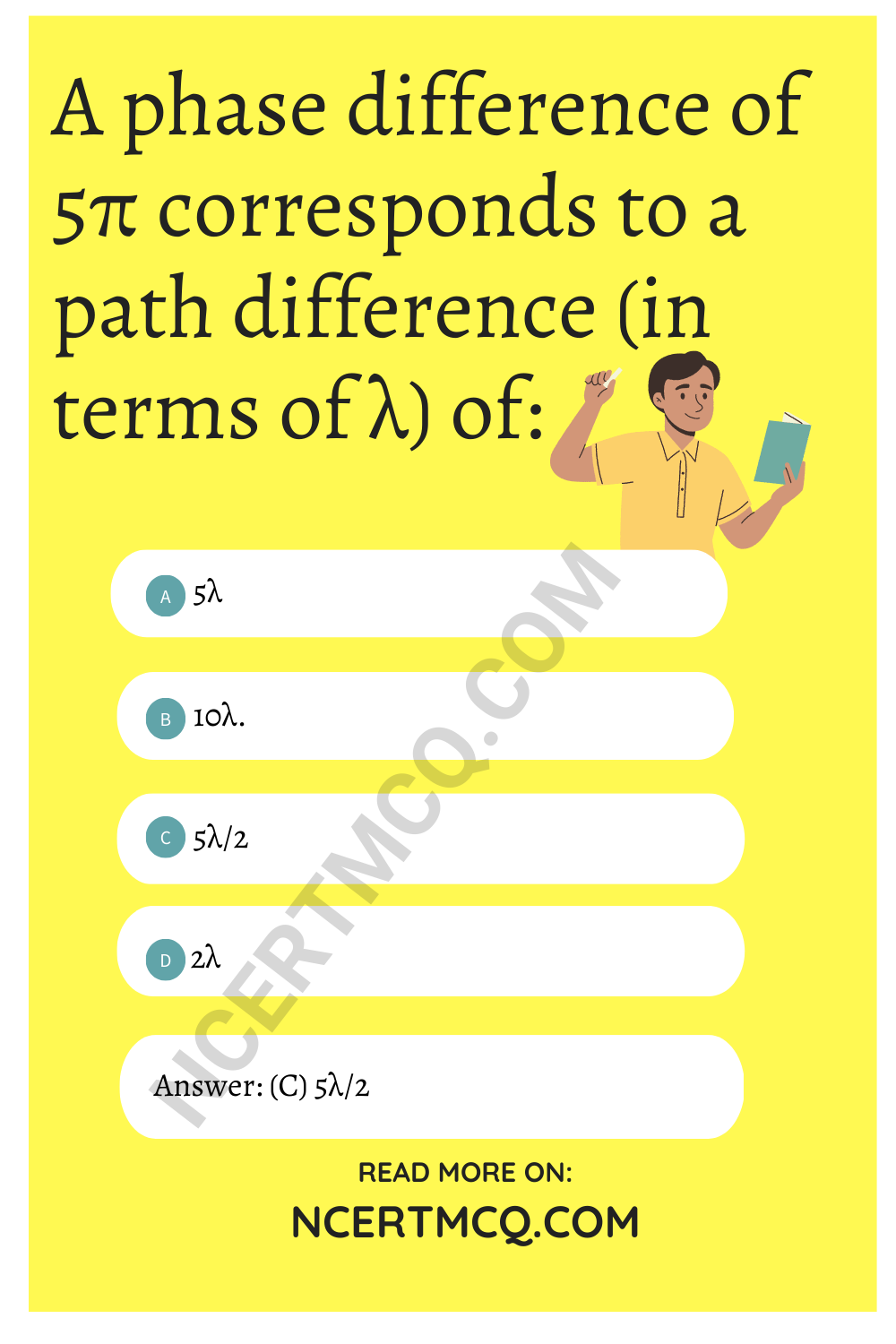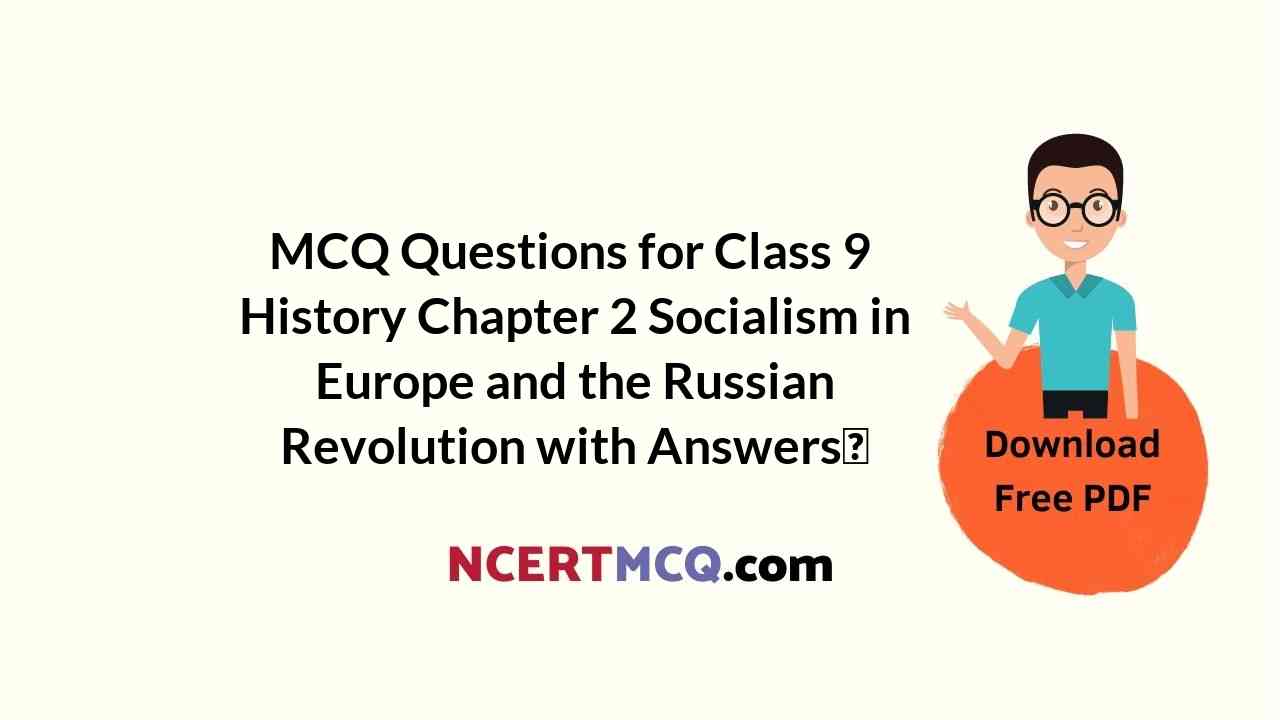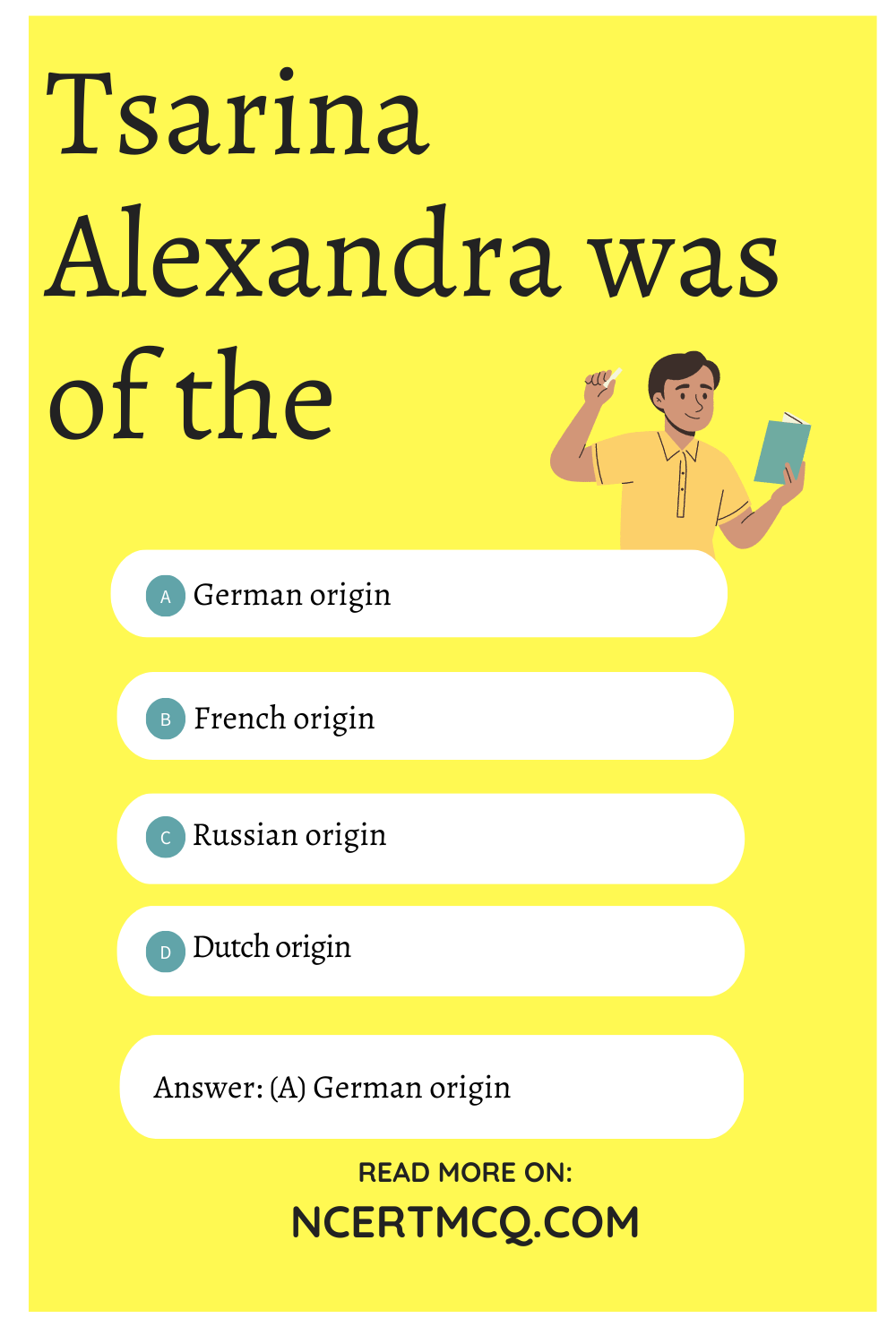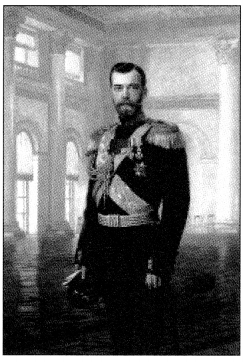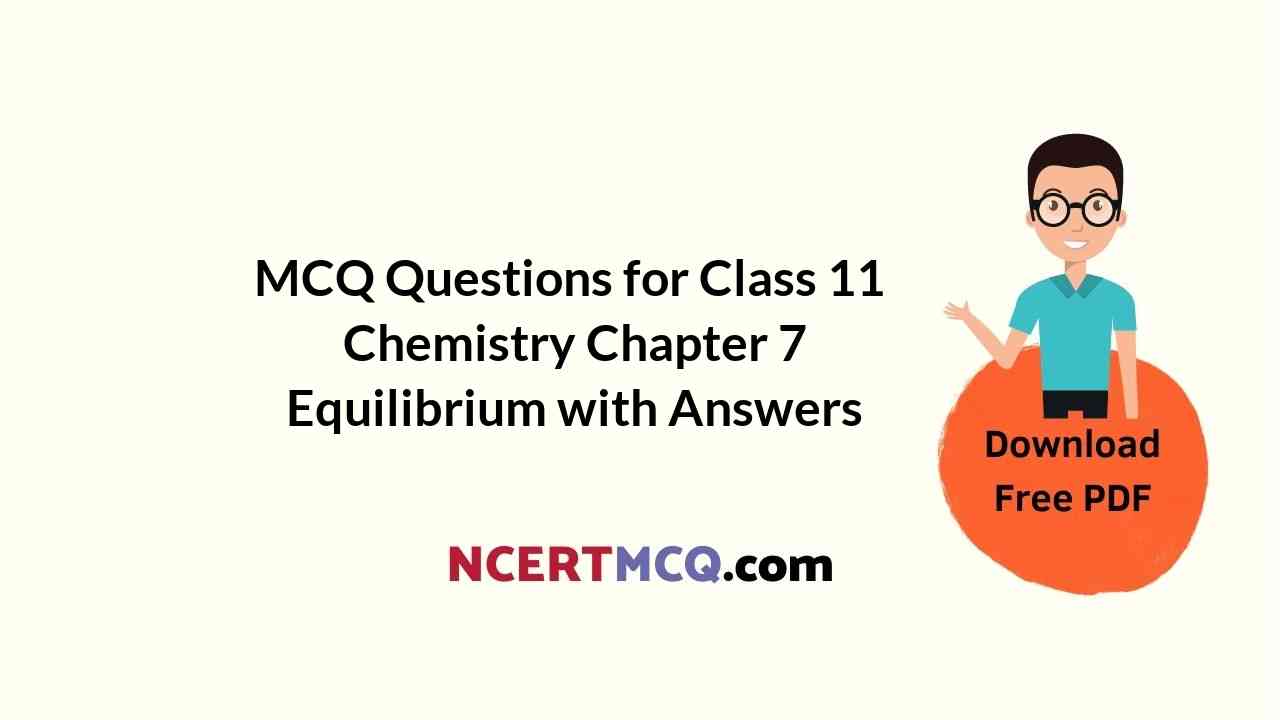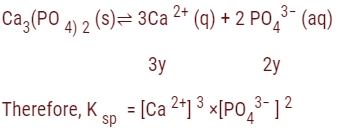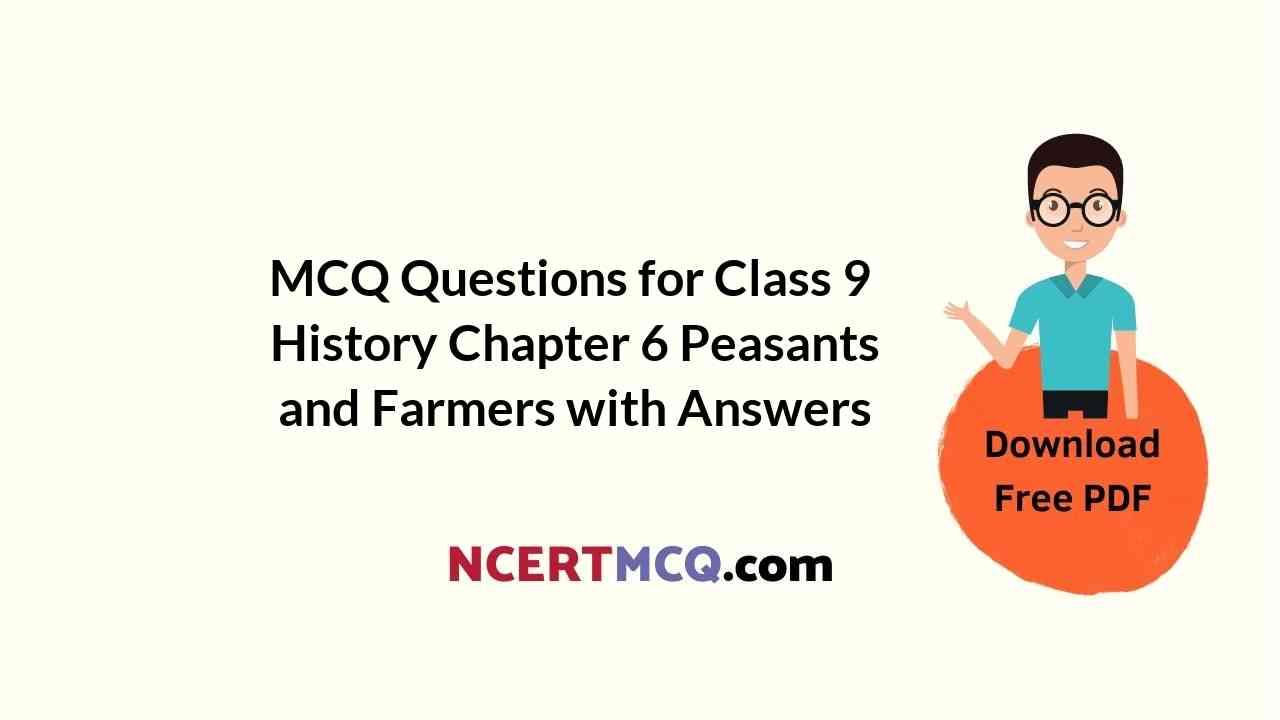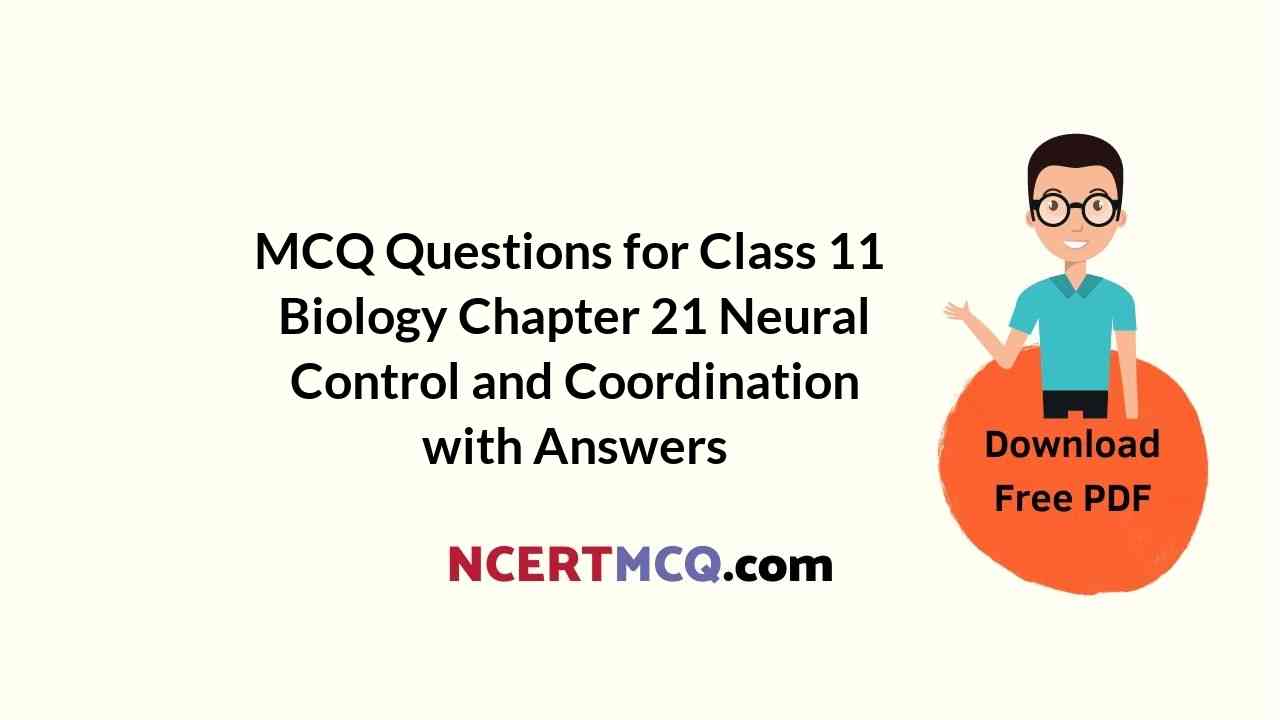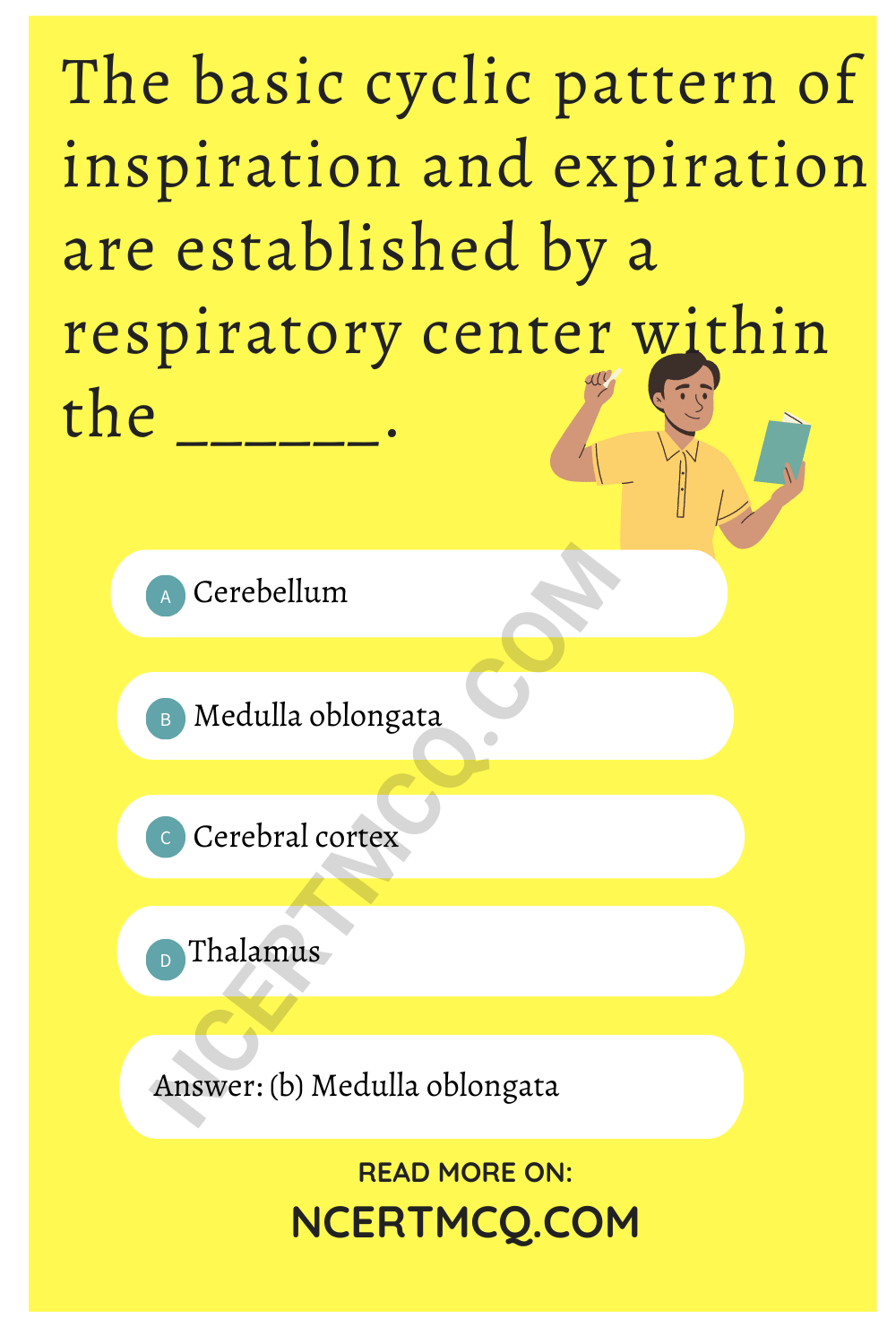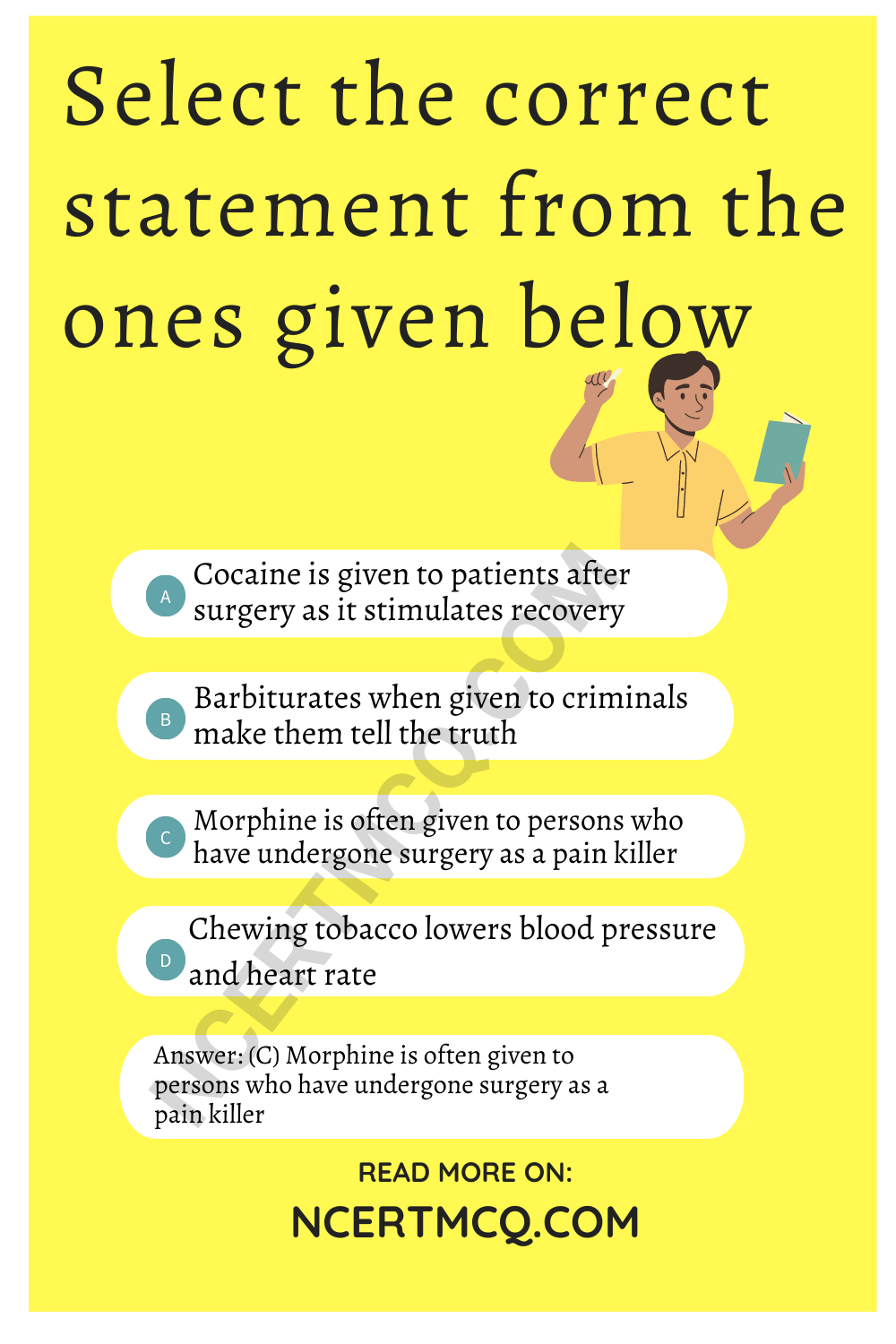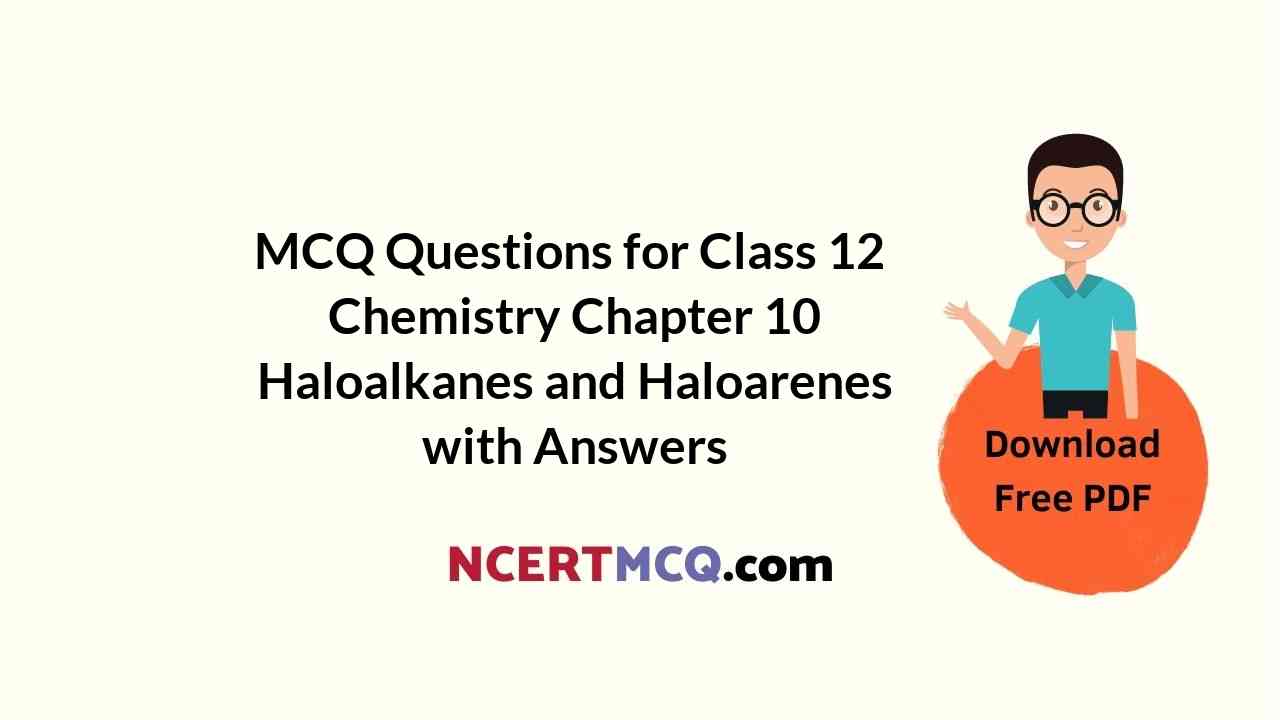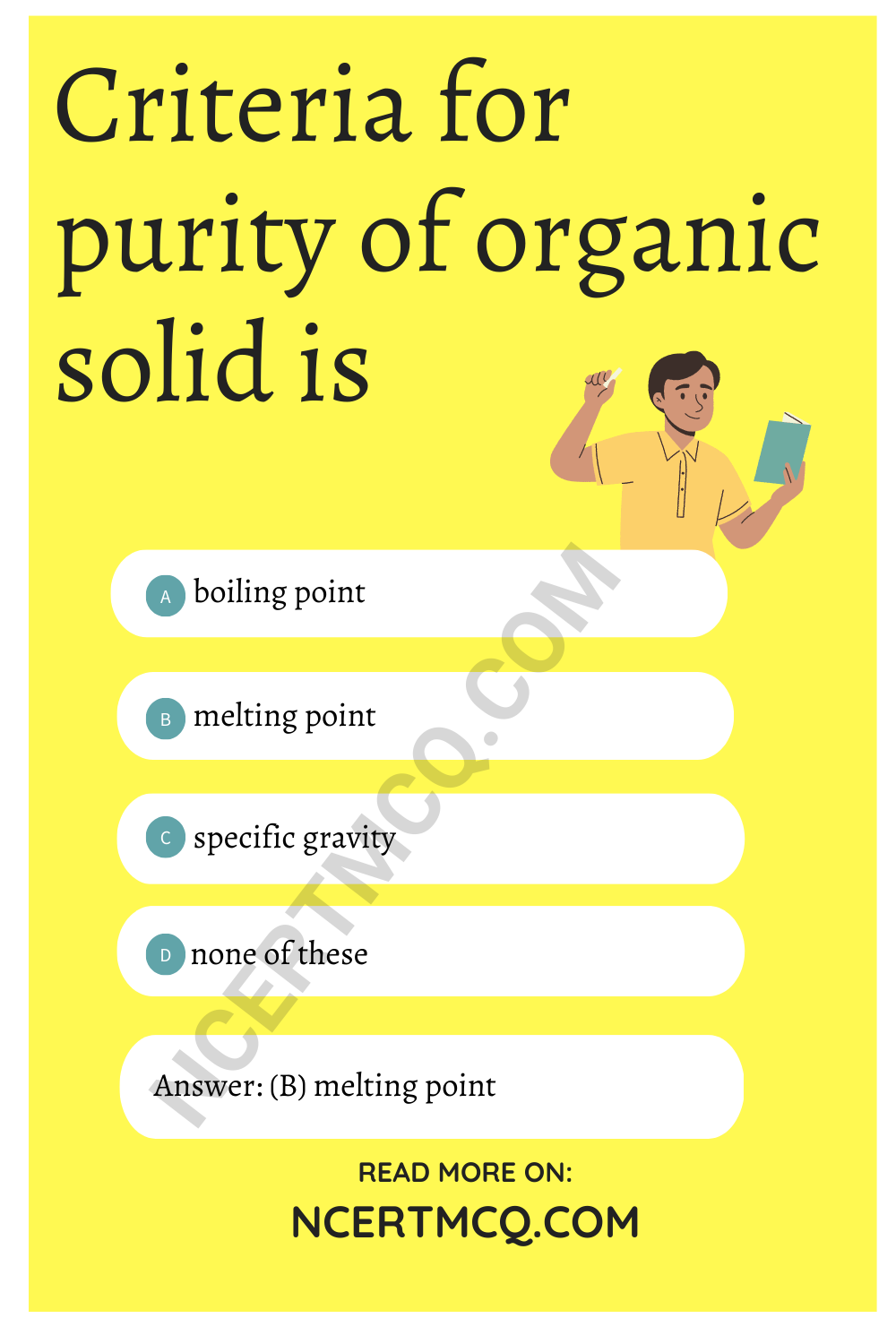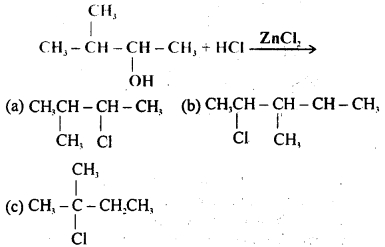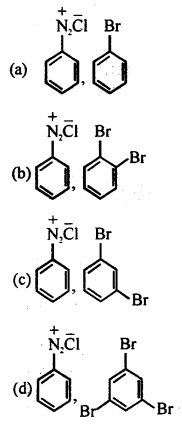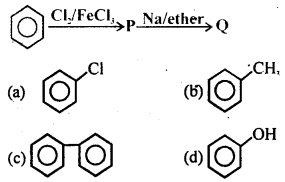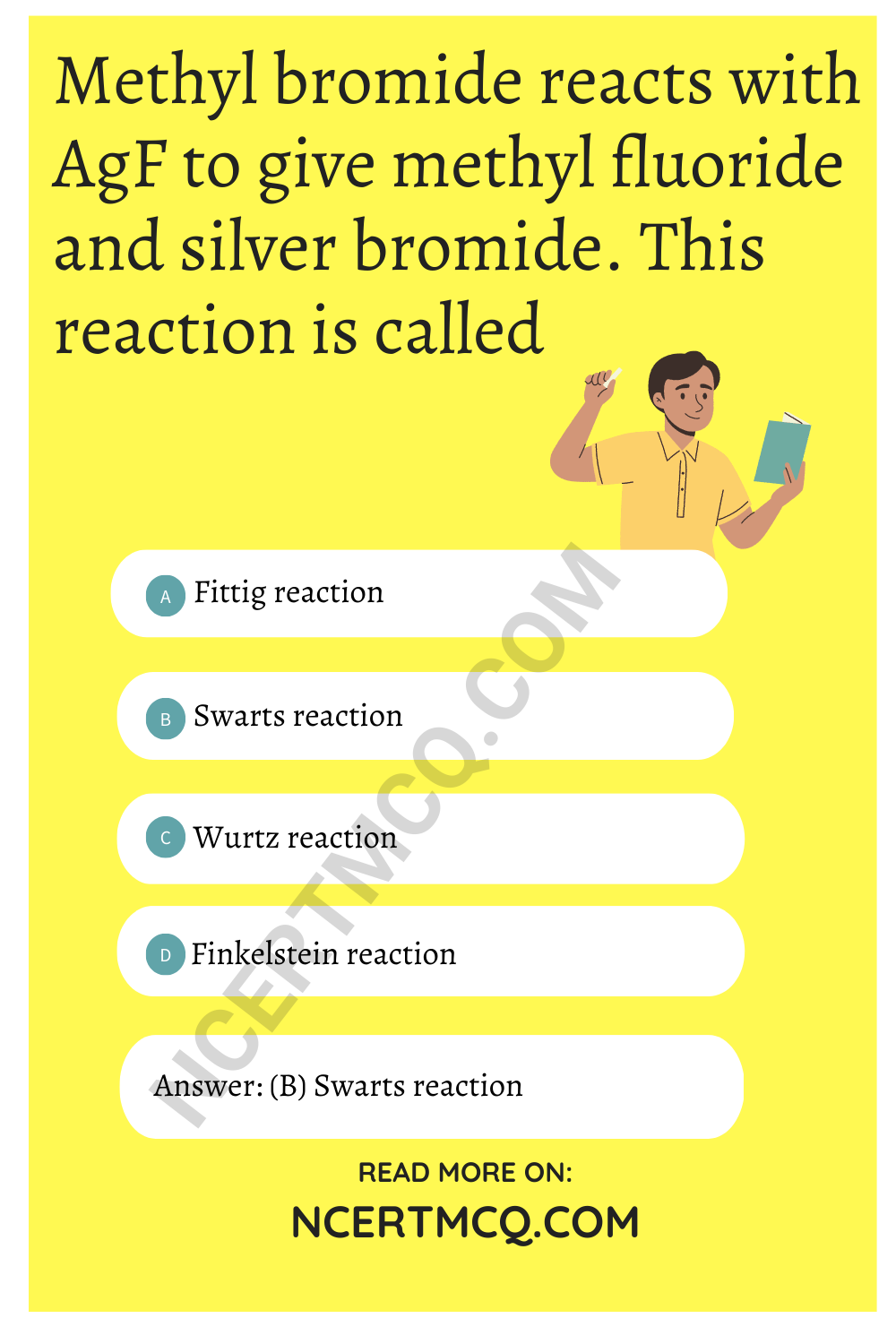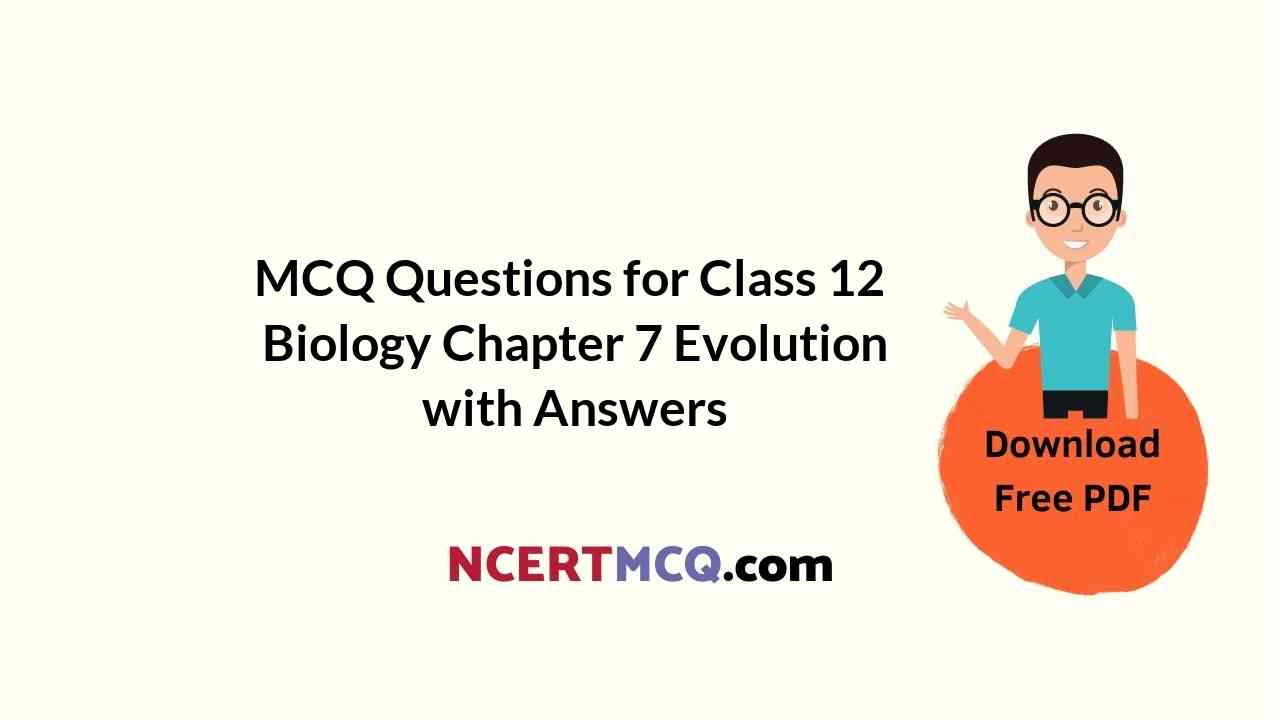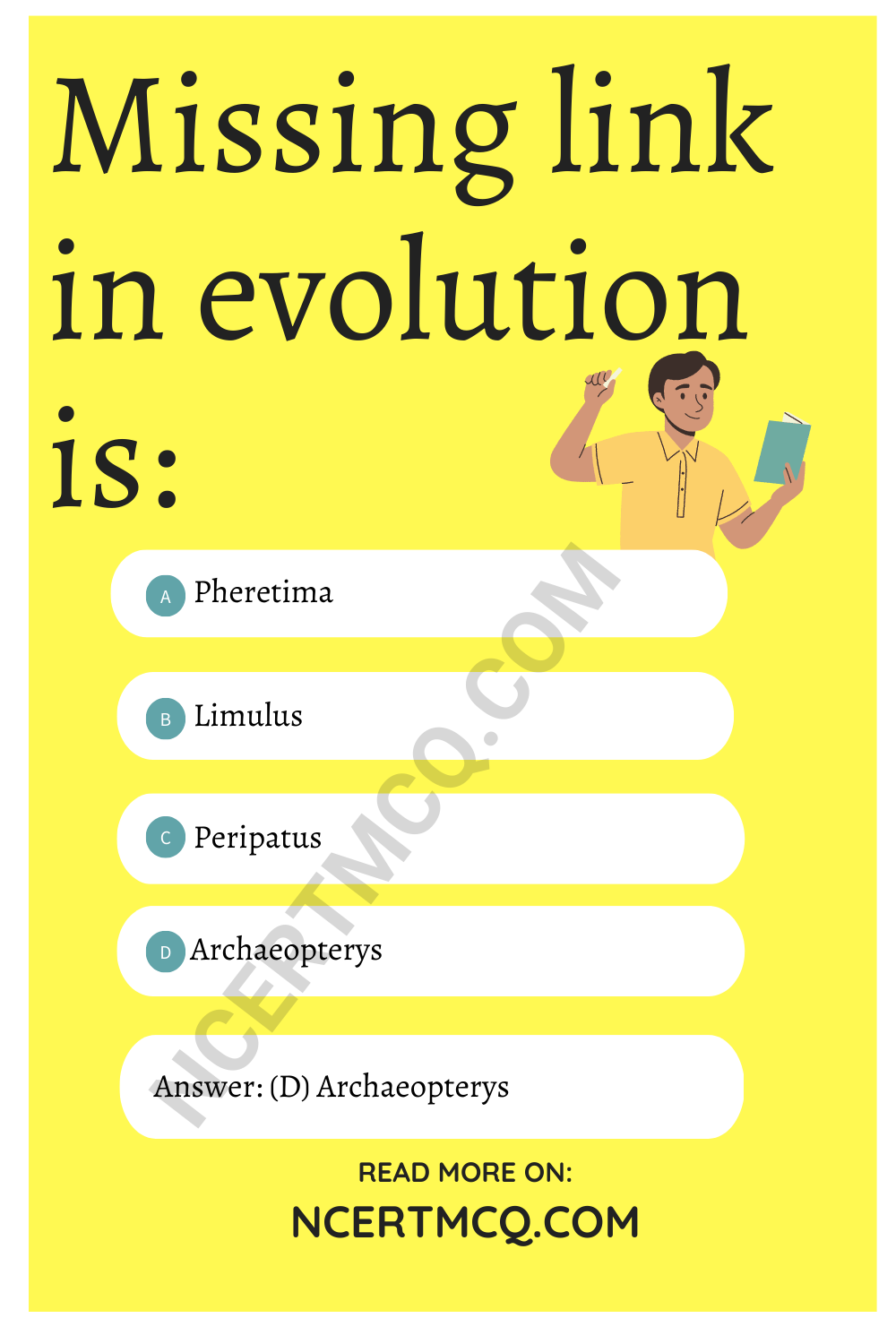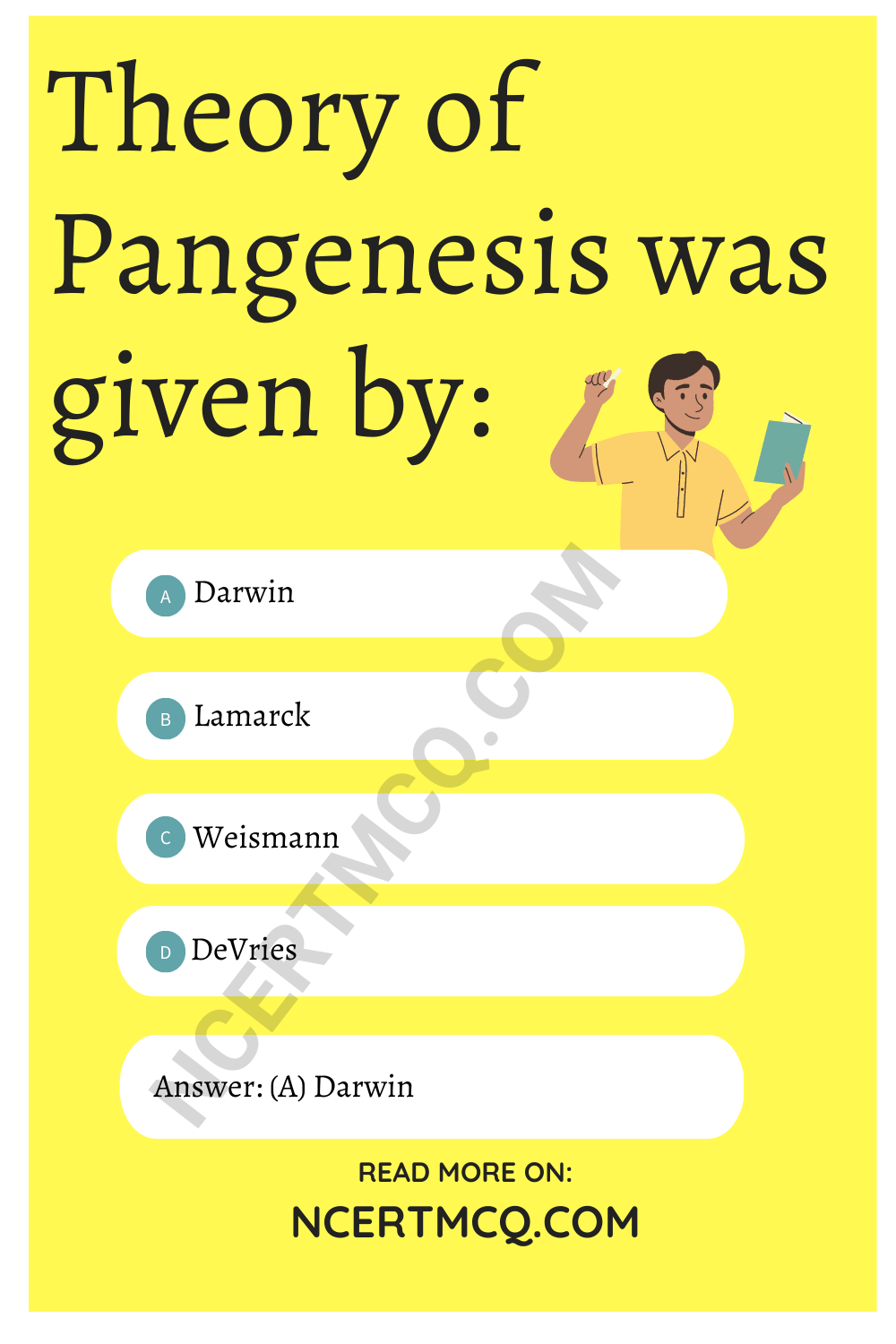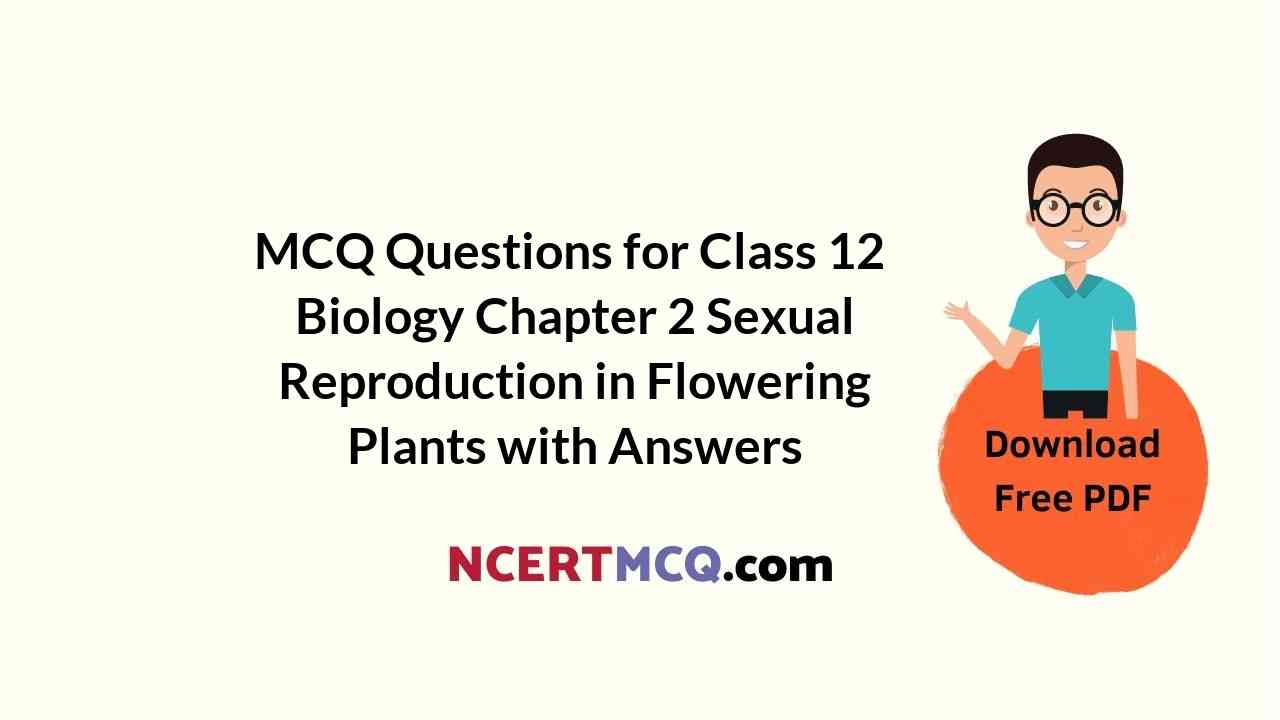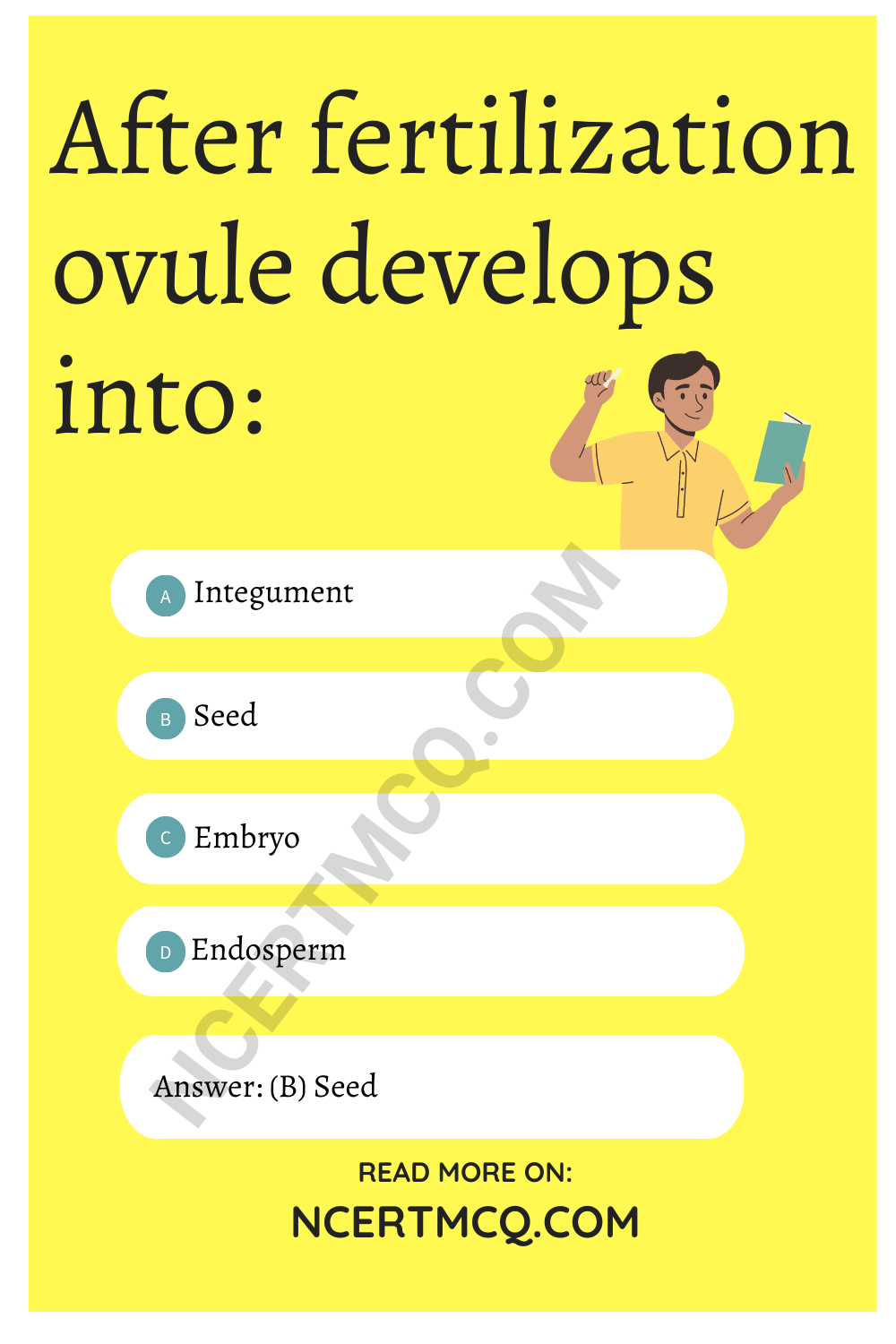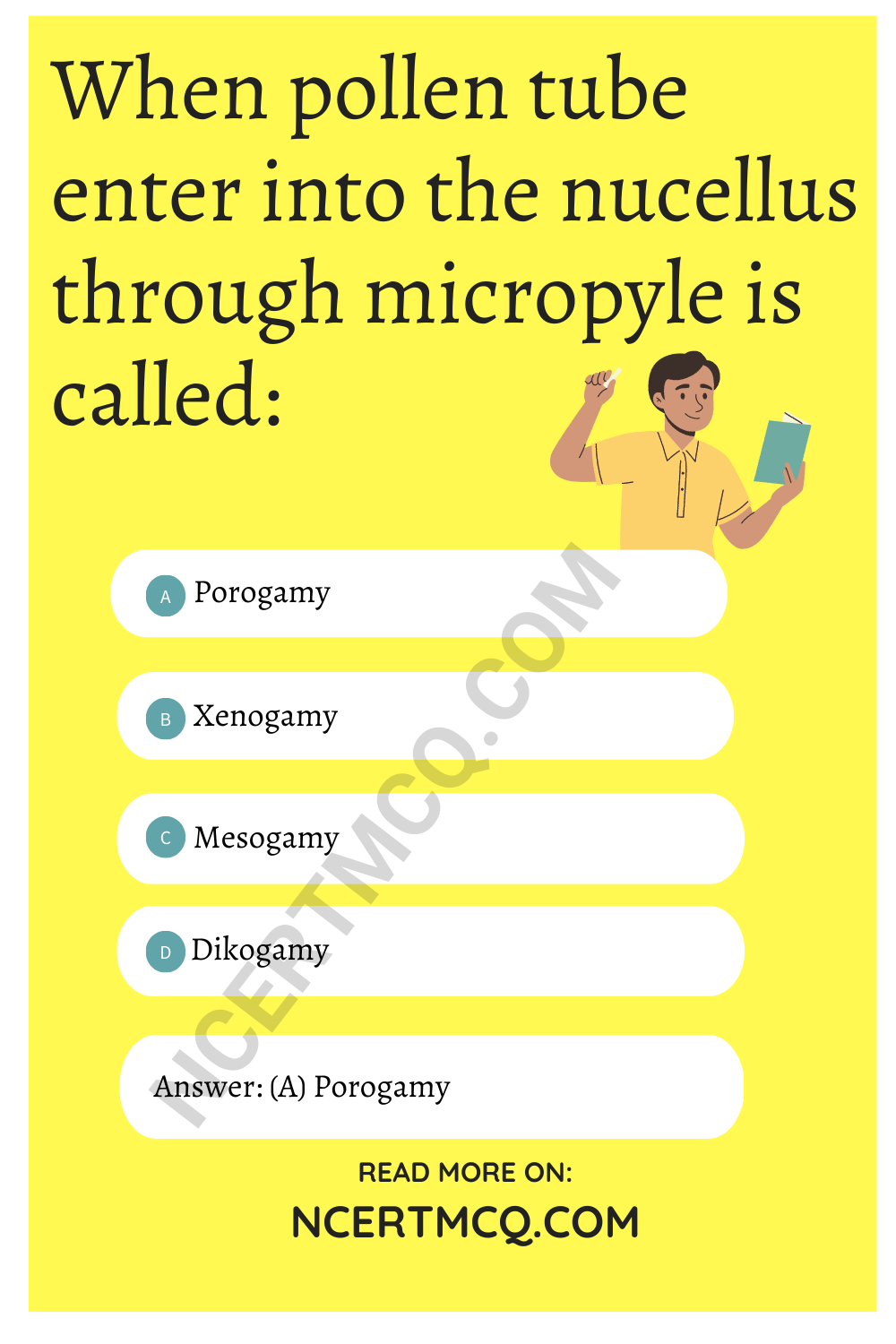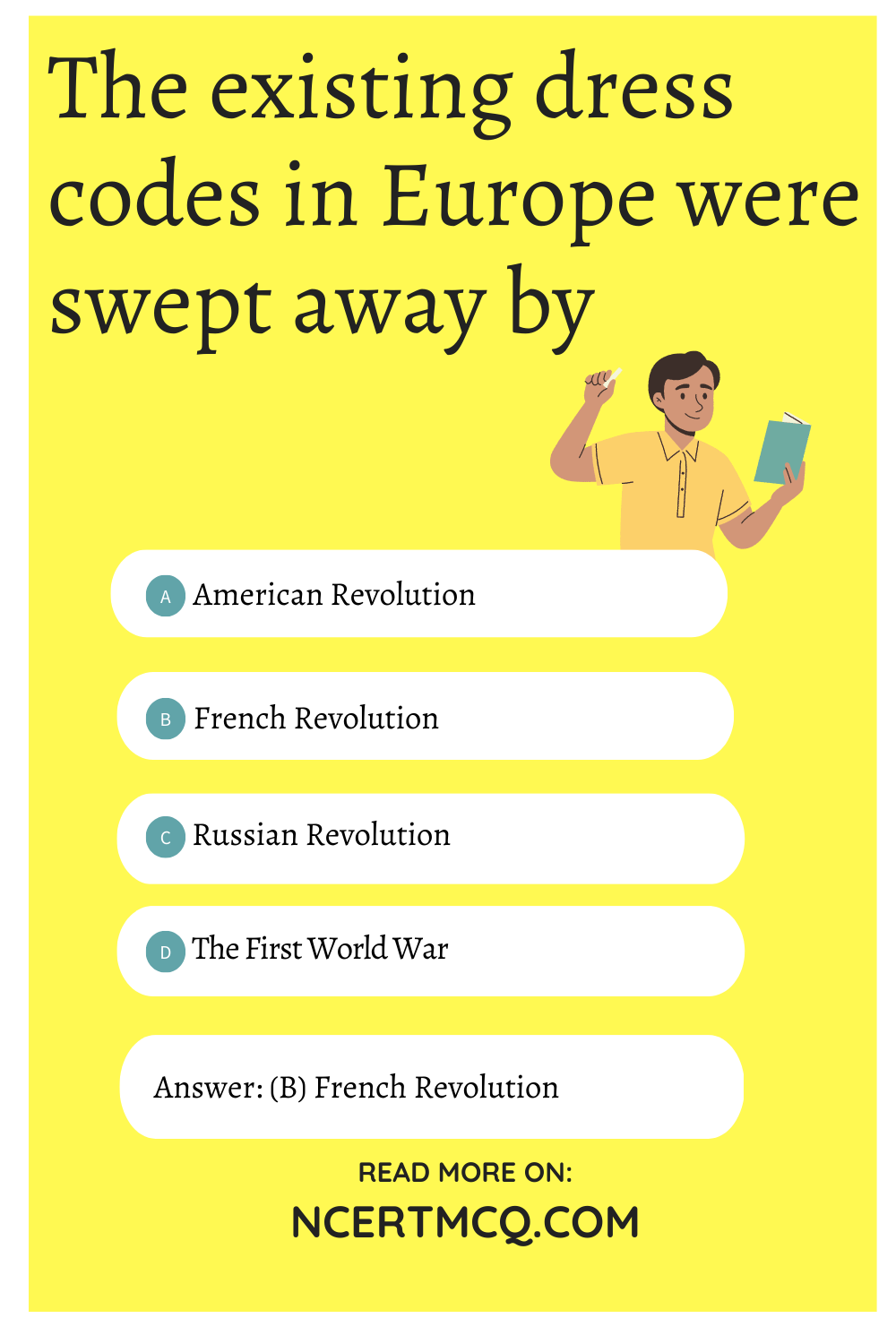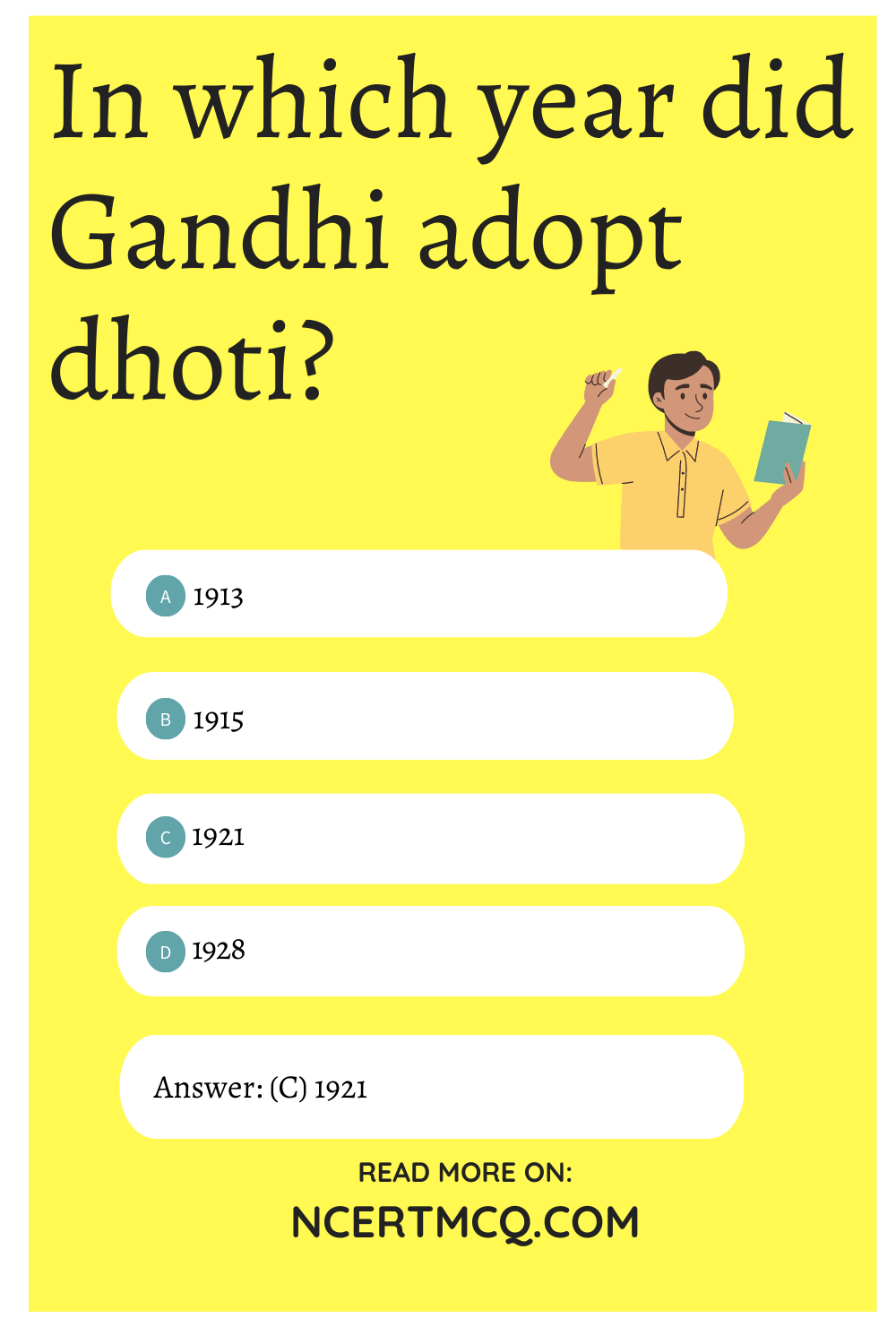Check the below NCERT MCQ Questions for Class 12 Physics Chapter 15 Communication Systems with Answers Pdf free download. MCQ Questions for Class 12 Physics with Answers were prepared based on the latest exam pattern. We have provided Communication Systems Class 12 Physics MCQs Questions with Answers to help students understand the concept very well.
Class 12 Physics Chapter 15 MCQ With Answers
Physics Class 12 Chapter 15 MCQs On Communication Systems
MCQ On Communication System Class 12 Question 1.
Who undertook the first space walk and in which year?
(a) Leonov 1965
(b) Neil Armstrong, 1969
(c) Rakesh Sharma. 1998
(d) None of these
Answer
Answer: (a) Leonov 1965
MCQ On Communication System Class 12 Pdf Question 2.
The term used “to collect the information about an object and a place without physical contact” is called :
(a) modulation
(b) communication
(c) amplification
(d) remote sensing
Answer
Answer: (d) remote sensing
Communication System Class 12 MCQ Question 3.
The velocity of electromagnetic wave is:
(a) 3 × 105 ms-1
(b) 3 × 106 ms-1
(c) 3 × 108 ms-1
(d) 3 × 1010 ms-1
Answer
Answer: (c) 3 × 108 ms-1
Chapter 15 Physics Class 12 MCQs Question 4.
The audio frequencies range from:
(a) 20 Hz to 20.000 kHz
(b) 20 Hz to 20 kHz
(c) 20 kHz to 20.000 kHz
(d) None of these
Answer
Answer: (b) 20 Hz to 20 kHz
MCQ On Communication System Question 5.
The wavelength of a wave of frequency 10 kHz is:
(a) 30 m
(b) 300 m
(c) 30 km
(d) 300 km
Answer
Answer: (c) 30 km
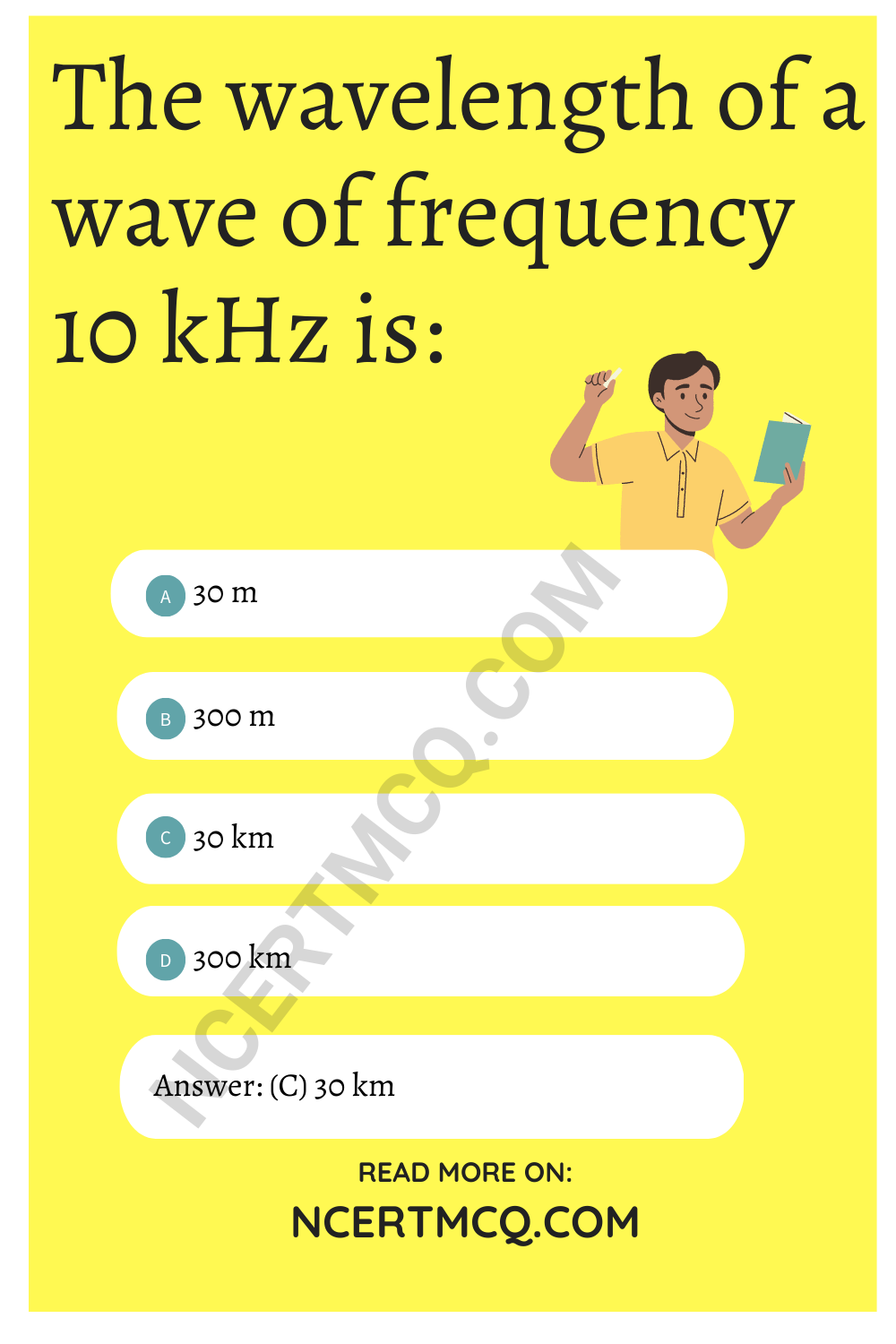
Communication Systems MCQ Question 6.
The area served by an antenna of height 100 m is:
(a) 109m²
(b) 4 × 109 m²
(c) 6 × 109m²
(d) 8 × 1010m²
Answer
Answer: (b) 4 × 109 m²
Communication System MCQ Pdf Question 7.
Which of the following is not transducer?
(a) Loudspeaker
(b) Amplifier
(c) Microphone
(d) All
Answer
Answer: (b) Amplifier
MCQ On Communication Question 8.
The space waves which are affected seriously by atmospheric conditions are:
(a) MF
(b) HUF
(c) VHF
(d) UHF
Answer
Answer: (d) UHF
Communication System MCQ Questions Question 9.
An antenna is:
(a) Inductive
(b) Capacitive
(c) Resistive
(d) A transformer
Answer
Answer: (a) Inductive
Communication System MCQs Question 10.
Broadcasting antenna are generally:
(a) Ommi directional type
(b) Vertical type
(c) Horizontal type
(d) None
Answer
Answer: (b) Vertical type
MCQ On Communication With Answers Question 11.
The modulation index in amplitude modulation is:
(a) Always zero
(b) Between 0 and 1
(c) Between 1 and ∞
(d) None of these
Answer
Answer: (c) Between 1 and ∞
Communication Physics Pdf Question 12.
The output of a digital computer is an example of:
(a) digital signal
(b) analog signal
(c) both (a) and (b)
(d) neither (a) nor (b)
Answer
Answer: (a) digital signal
Communication Systems Class 12 Question 13.
Name the man who was first to place his foot on the moon and in which year:
(a) Neil Armstrong, 1969
(b) James Van A lien, 1971
(c) Leonov, 1965
(d) None of these
Answer
Answer: (a) Neil Armstrong, 1969
Physics MCQ Class 12 Question 14.
A microphone converts:
(a) sound signals into electrical signals
(b) electrical signals into sound signals
(c) both (a) and (b)
(d) Neither (a) nor (b)
Answer
Answer: (a) sound signals into electrical signals
Communication System MCQ Question 15.
A loudspeaker converts:
(a) electrical signals into sound signals
(b) sound signals into electrical signals
(c) both (a) and (b)
(d) neither (a) nor (b)
Answer
Answer: (a) electrical signals into sound signals
Question 16.
The sound produced by a tuning fork is a sort of:
(a) analog signal
(b) digital signal
(c) both (a) and (b)
(d) neither (a) nor (b)
Answer
Answer: (a) analog signal
Question 17.
The length of a half wave dipole at 30 mega-hertz is:
(a) 5 m
(b) 10 m
(c) 25 m
(d) 80 m
Answer
Answer: (a) 5 m
Question 18.
In space communication, the sound waves can be sent from one place to another:
(a) through space
(b) through wires
(c) by superimposing it on undamped electro-magnetic waves
(d) by superimposing it on damped electro-magnetic waves
Answer
Answer: (c) by superimposing it on undamped electro-magnetic waves
Question 19.
The output of a digital computer is an example of:
(a) digital signal
(b) analog signal
(c) both (a) and (b) above
(d) neither (a) nor (b)
Answer
Answer: (a) digital signal
Question 20.
Which is more advantageous?
(a) analog data communication
(b) digital data communication
(c) both (a) and (b) are equally good
(d) depends on the situation
Answer
Answer: (b) digital data communication
Question 21.
Communication channel consists of:
(a) transmission line only
(b) optical fibre only
(c) free space only
(d) All of the above
Answer
Answer: (d) All of the above
Question 22.
AM is used for broadcasting because:
(a) it is more noise immune than other modulation system
(b) it requires less transmitting power compare with other systems
(c) its use avoids receiver complexity
(d) No other modulation system can provide the necessary bandwidth faithful transmission
Answer
Answer: (c) its use avoids receiver complexity
Question 23.
Digital signals:
(a) represents values as discrete steps
(b) Do not represents values as discrete steps
(c) represent values steps
(d) represent random steps
Answer
Answer: (a) represents values as discrete steps
Question 24.
Digital signals:
(a) deal with all sort of values
(b) can use decimal system
(c) can use binary system
(d) (b) and (c) both
Answer
Answer: (d) (b) and (c) both

Question 25.
Increase in frequency deviation results into:
(a) increase in noise of FM receiver
(b) decrease in noise of AM receiver
(c) increase in noise of Am receiver
(d) decrease in noise of FM receiver
Answer
Answer: (b) decrease in noise of AM receiver
We hope the given NCERT MCQ Questions for Class 12 Physics Chapter 15 Communication Systems with Answers Pdf free download will help you. If you have any queries regarding Communication Systems CBSE Class 12 Physics MCQs Multiple Choice Questions with Answers, drop a comment below and we will get back to you soon.
Class 12 Physics MCQ:
- Electric Charges and Fields Class 12 MCQ
- Electrostatic Potential and Capacitance Class 12 MCQ
- Current Electricity Class 12 MCQ
- Moving Charges and Magnetism Class 12 MCQ
- Magnetism and Matter Class 12 MCQ
- Electromagnetic Induction Class 12 MCQ
- Alternating Current Class 12 MCQ
- Electromagnetic Waves Class 12 MCQ
- Ray Optics and Optical Instruments Class 12 MCQ
- Wave Optics Class 12 MCQ
- Dual Nature of Radiation and Matter Class 12 MCQ
- Atoms Class 12 MCQ
- Nuclei Class 12 MCQ
- Semiconductor Electronics: Materials, Devices and Simple Circuits Class 12 MCQ
- Communication Systems Class 12 MCQ
